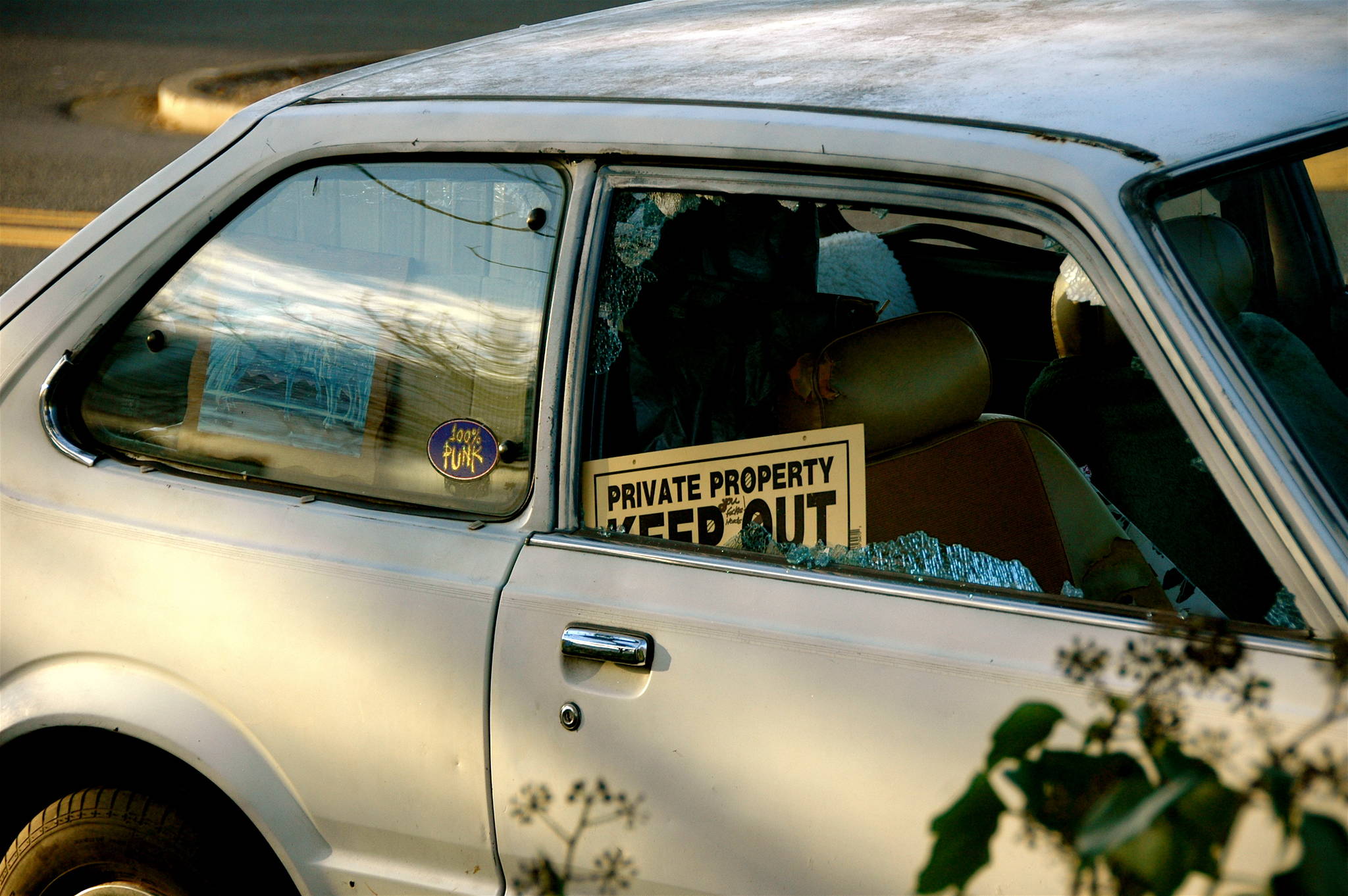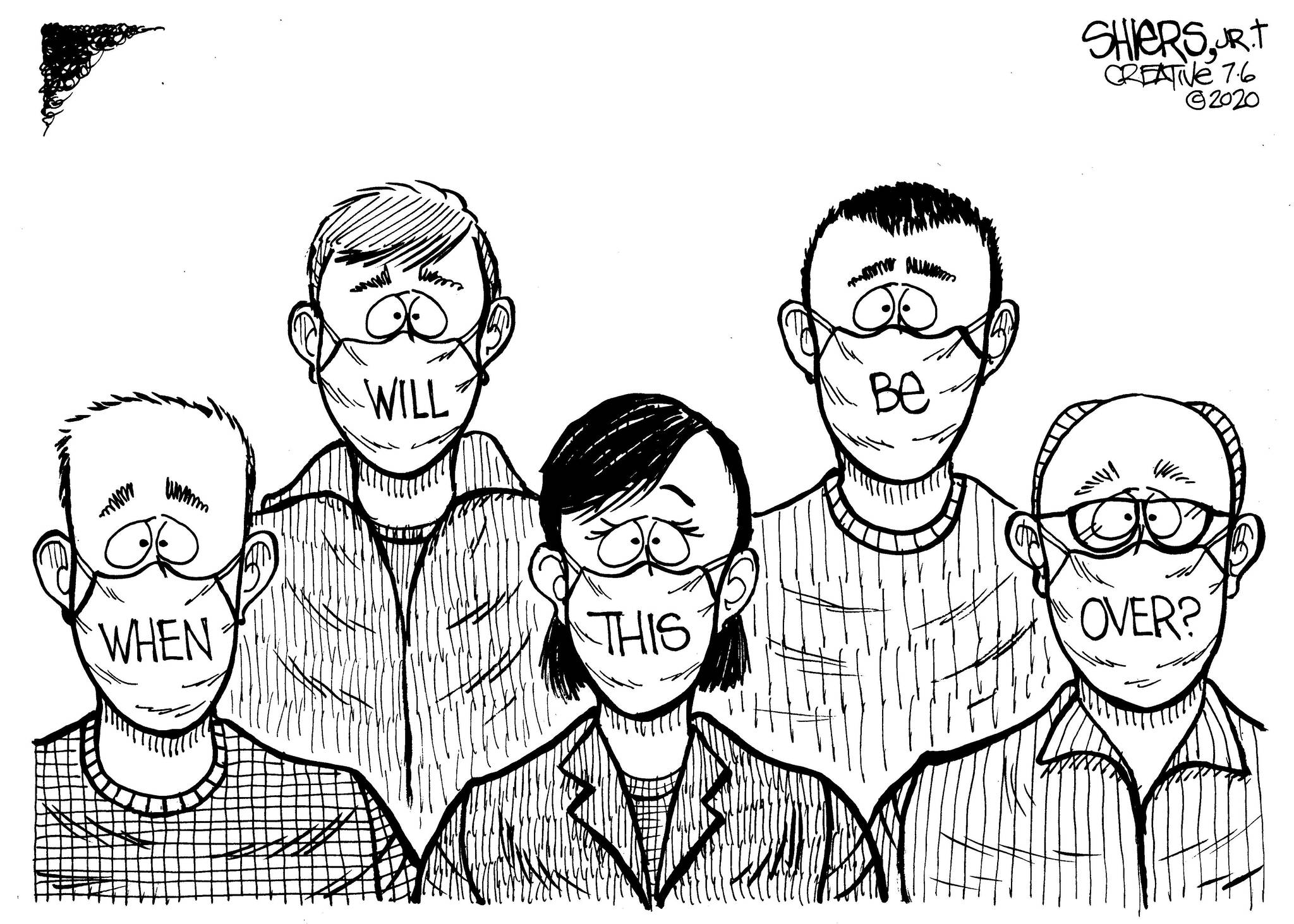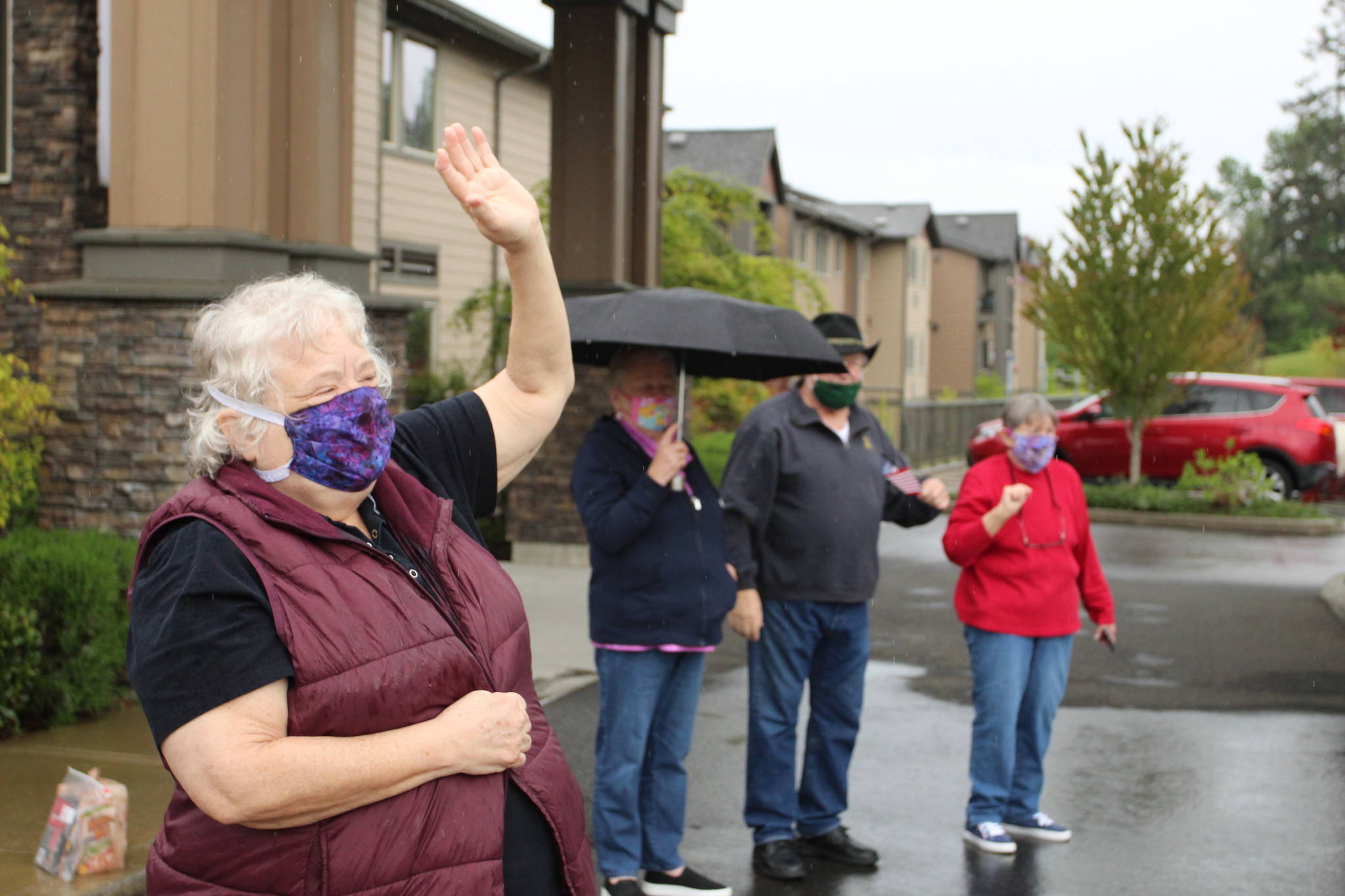When Count Us In’s 2017 annual homeless count results were published last May, one glaring statistic stood out. Among the unsheltered population counted, 42 percent were living in vehicles.
Despite this finding, people living in vehicles still seem to be a curiosity and little else when it comes to current policymaking. Why? Why doesn’t King County have a systemic plan in place for directly and intentionally addressing the homeless living in vehicles?
All unsheltered homeless are not the same. Those in vehicles differ in immediate-response needs. A blanket “Let’s get you into housing immediately” goal is not the only solution. It ignores the nuances of the situation and the need for interim responses. The hill is steeper than that. The hazards of living on the road are also different than what other unsheltered homeless face. They must deal with the legal aspects of tickets, legal financial obligations, staying street legal (license, tabs, title, tickets), having to move every 24–72 hours, and more.
When responses to homelessness are discussed, local media often turn to two consultant reports issued a few years ago as guidelines for systemic planning. Expensive reports by Barbara Poppe (commissioned by the City of Seattle) and Focus Strategies (commissioned by the All Home Strategic Plan) both have their pluses and minuses, but are not whole blueprints. Poppe turned to “Rapid Rehousing,” a practice that works only if individuals are able to afford market rent once the government-provided rent subsidy ends in less than a year. Focus bemoaned the multiple systems at work—correctly—but its recommendations ended with the All Home Strategic Plan reducing its board, eliminating valued partners from the inner circle. What both reports also failed to include was any approach to unsheltered homelessness and vehicle residency.
The lack of progress on vehicle homelessness is not due to advocates not trying. I’ve seen the efforts firsthand as part of the Interfaith Task Force on Homelessness (ITFH). Action responses have been recommended that could be effective in the short-, mid-, and long-term. Advocates describe the current political process with the phrase “It’s a recipe, not a menu,” because elected leaders who convene task forces on homelessness just selectively pick a few actions from the “menu” and expect change. That doesn’t work. What works is a full, detailed recipe that includes all the ingredients—added strategically—resulting in the desired outcome.
Aiming to bring responses within the All Home Continuum of Care, the ITFH started regional vehicle residency work groups in 2016–17 for South King, East King, and North King. In Seattle, a vehicle-living group was held in the spring of 2017 by Councilman Mike O’Brien. At its conclusion, advocates subsumed that effort into the regional vehicle-residency groups, adding a Seattle-focused group. These regional groups use the All Home name. The issue is that no policy, practice, or funding is attached to the groups’ efforts.
Some in the public sector have asked why no application was made for the substantial Seattle homelessness funding during 2017. It’s because funders think they can offer a lump of money with no desired guidelines (i.e., no recipe) and that—out of the blue—a nonprofit will put together all that’s needed to assist homeless vehicle residents. No organization applied for two reasons: First, most nonprofits simply do not know how to address vehicle residency. Second, the partnerships required involve the public sector, such as police, parking, the courts, and so on. Throwing money at nonprofits to end homeless vehicle residency is foolish. Why leaders in the public sector don’t get it is exactly the problem.
What recipe do All Home advocates (including the ITFH) suggest? Well, it isn’t as closely guarded as the Colonel’s secret recipe. We’ve been repeating the recipe again and again in meeting after meeting with elected officials and public staff. The best places to begin have been outlined: safe places to park on- or off-street, hygiene and trash management, and consent by the vehicles’ residents to start on a pathway to housing. These need to be the guiding priorities. That’s the bottom line.
All Home could be—in fact, must be—what we need. Will they listen? More important, will they act?




